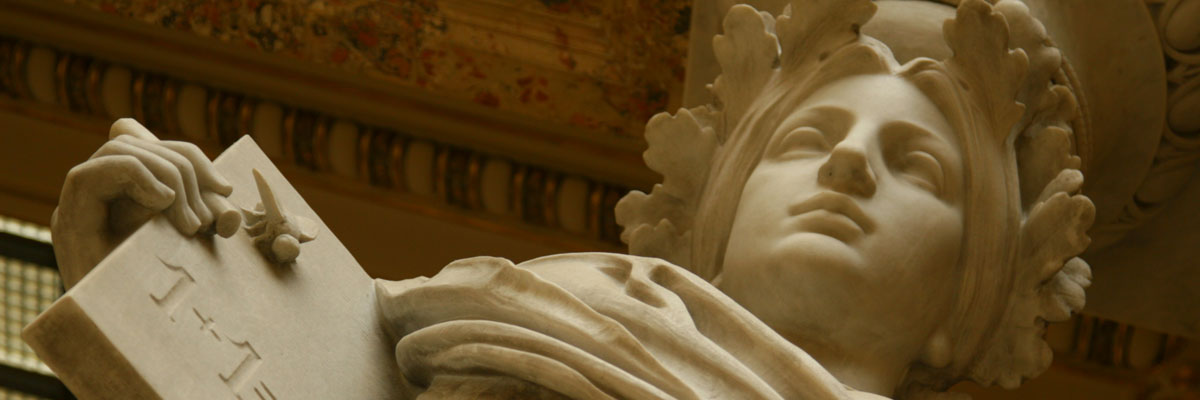
Closer to mining in space: the Czechs model water geysers of Saturn's moon
24. 06. 2022
Physicists and chemists from the Czech Academy of Sciences are part of a European team developing instruments to study the composition of celestial bodies. At a meeting in Berlin in June, they worked together on constructing an instrument to analyse the ions produced by a laboratory apparatus that mimics the water geysers of Saturn's moon Enceladus and also agreed on a future collaboration. The unique apparatus is expected to significantly improve the future analyses of particles from meteorites, comets, and planets with their moons, making this a key moment for plans to turn mineral extraction in space into reality.
Enceladus is the sixth largest moon of the planet Saturn. It is entirely covered in ice, with more than a hundred geysers at the poles jetting water which contains organic matter.
The team of Ján Žabka and Miroslav Polášek from the J. Heyrovský Institute of Physical Chemistry of the CAS is developing a unique high-resolution mass spectrometer for the analysis of cosmic particles, such as the water-organic mixture from Enceladus.
"Saturn's moon Enceladus is the presumed target for future space missions. Our instrument, developed together with our partners from the Free University of Berlin, the University of Orléans, and the University of Leipzig, will enable a better understanding of the data obtained during future missions to Enceladus and other space objects," says Miroslav Polášek from the Chemistry of Ions in Gaseous Phase Department of the J. Heyrovský Institute of Physical Chemistry of the CAS.
The research team has been collaborating remotely since 2018, but due to the COVID-19 pandemic, they only had the opportunity to meet in person this month in Berlin.
Instruments of this type are in demand by NASA and ESA
Enceladus' water geyser modelling apparatus consists of several parts. The core is an ion source through which a thin stream of water flows at a high speed and is irradiated by laser pulses. This produces ions that pass into an analyser which then determines what kind of ions have been produced and, therefore, which substances the water stream contains.
"Each member of our international team has a very narrow specialisation, with only little overlap in their knowledge. That's why the team is so efficient and we work together so well. During the four days we spent together in the Berlin lab, we made significant progress with our project," says Ján Žabka, another member of the Czech part of the team.
High-resolution mass analysers have already been on the radar of NASA and ESA (European Space Agency) because of their significantly higher accuracy in determining the composition of unknown space matter. Both agencies are planning missions in the next ten years that can be expected to include these instruments for analysing space gases and dust particles or micrometeorites. Indeed, space offers mankind a solution to the ever-increasing demand for mineral resources; the planets in our Solar System and asteroids contain many types of rare materials.
HANKA is set to launch in 2027
The Czech Republic has made another significant mark on space mining plans. The team of Ján Žabka and Miroslav Polášek has advanced the development of a unique high-resolution mass spectrometer called HANKA (Mass Analyser for Space Applications). HANKA will be part of the planned SLAVIA mission, which is expected to launch in 2027. The goal of the SLAVIA mission will be to analyse micrometeorites with possible future applications for mineral exploration in interplanetary space.
Read also
- Secrets of the Nano- World: a new comic book about nanotechnology
- Teen duo from Slovakia and Czechia named Global Winner for clean water solution
- Professor Pavel Hozák Receives the Paul Nakane Prize
- Neutrino is lighter than previously thought
- The Earth Prize 2025 goes to Czechia and Slovakia for pioneering water purifier
- Scientists discover compound that “should not exist”
- Horizontal mitochondrial transfer is a key process in tumor biology
- Scientists on track of finding a treatment for autoimmune hair loss
- LASER-PRO: Linking Science and Industry to Shape Europe’s High-Tech Future
- Martian mud flows: a little salt makes a big difference
The Czech Academy of Sciences (the CAS)
The mission of the CAS
The primary mission of the CAS is to conduct research in a broad spectrum of natural, technical and social sciences as well as humanities. This research aims to advance progress of scientific knowledge at the international level, considering, however, the specific needs of the Czech society and the national culture.
President of the CAS
Prof. Eva Zažímalová has started her second term of office in May 2021. She is a respected scientist, and a Professor of Plant Anatomy and Physiology.
She is also a part of GCSA of the EU.